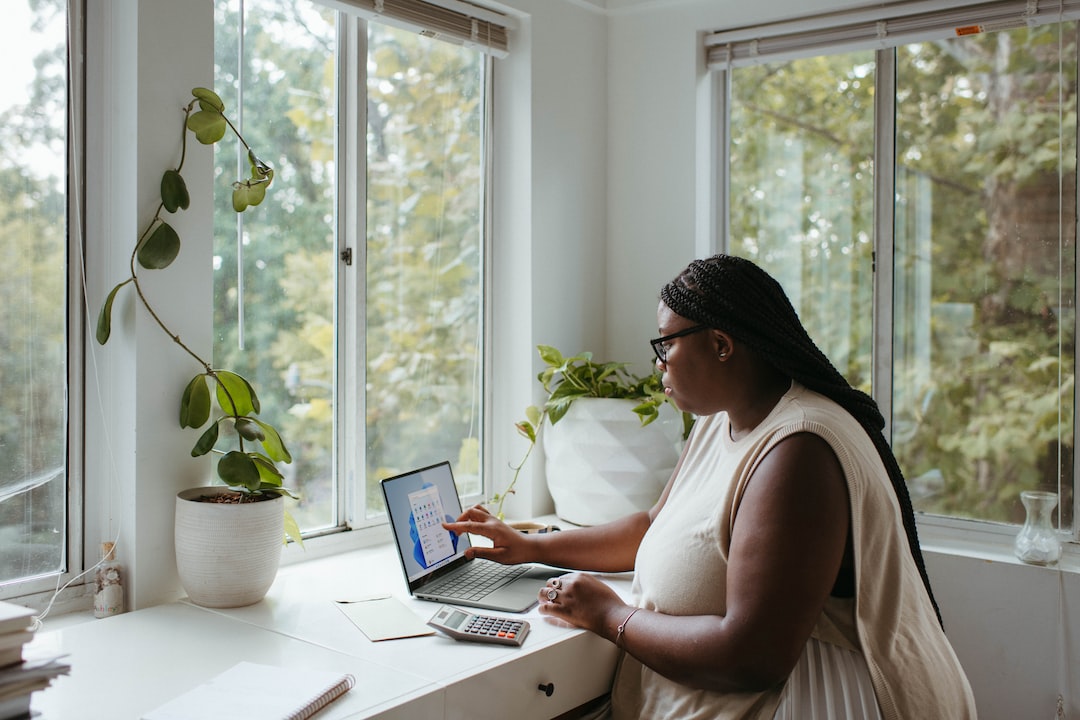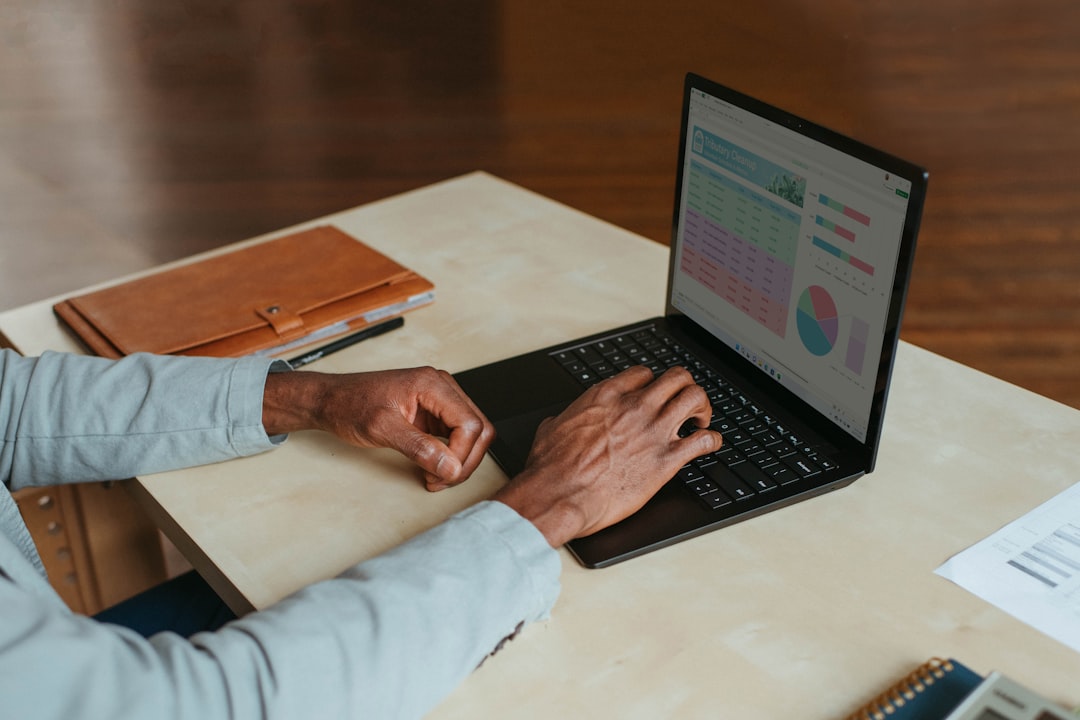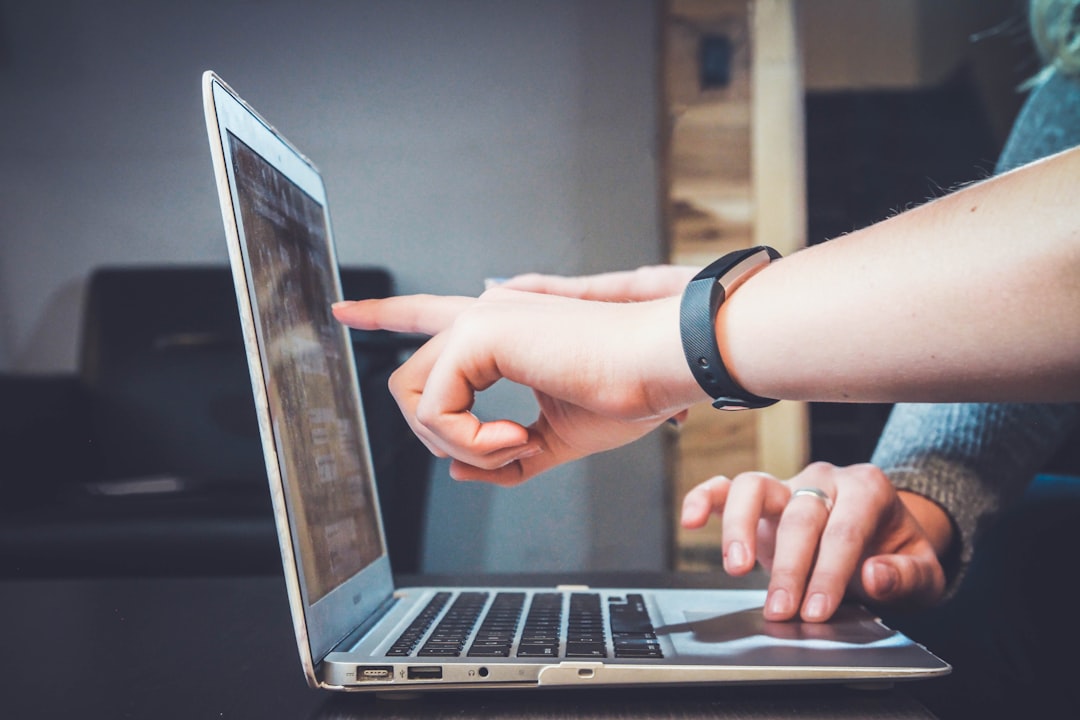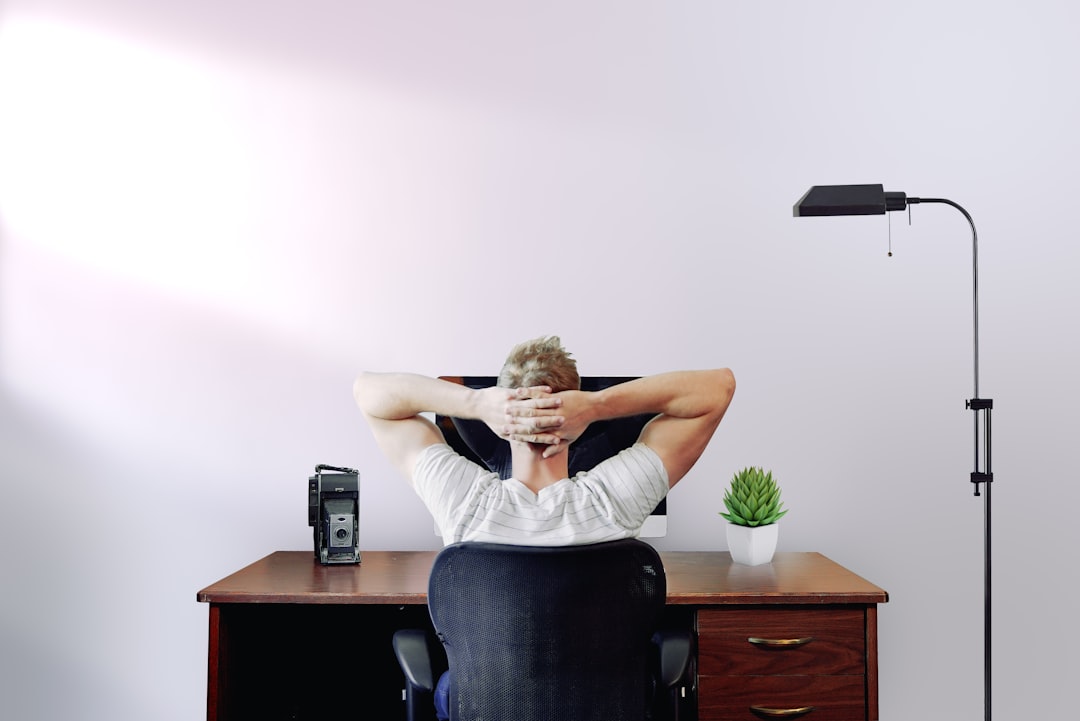Productivity is the lifeblood of any successful workday. Whether you are a business owner, freelancer, or employee, being productive allows you to complete tasks effectively and efficiently. Unfortunately, distractions can quickly derail even the most productive person. Checking social media or email frequently, dealing with noisy co-workers, or simply losing focus are all examples of distractions that can hurt productivity.
In this post, we will explore the strategies to keep productivity high when dealing with distractions. Keeping productivity high requires a combination of different techniques targeted at specific causes of distractions.
First, we will discuss Mindful Self-Awareness, which involves becoming aware of distractions and the triggers causing them. Next, we will delve into Effective Prioritization, which is all about prioritizing tasks to minimize distraction. Then, we will discuss Effective Time Management, which involves handling time better to reduce distractions. We will also explore Avoiding Multitasking because multitasking can reduce productivity drastically. Additionally, we will talk about the Power of Saying “No,” which involves setting boundaries, and scheduling “do not disturb” time.
By the end of this post, you will be equipped with the knowledge and tools to increase productivity despite distractions.
Mindful Self-Awareness:
In today’s world, distractions are everywhere, and it can be challenging to stay focused and productive. One of the best ways to combat distractions is through mindful self-awareness.
Mindful self-awareness means becoming aware of the distractions and triggers that cause them. It involves being conscious of your thoughts, feelings, and sensations, and how they can impact your productivity. By cultivating mindful self-awareness, you can recognize when you’re getting distracted and take steps to refocus your mind.
Mindfulness and breathing techniques are excellent tools to refocus your mind. Simply taking a few deep breaths can help you clear your mind and regain focus. You can also try visualization techniques, like picturing a calm lake or a clear sky, to help quiet your mind and stay present in the moment.
Another helpful technique is to practice mindful meditation. This involves focusing your attention on the present moment without judgment. You can do this for just a few minutes each day to help train your mind to be more focused and less distracted.
By incorporating mindful self-awareness techniques into your daily routine, you can develop a greater sense of focus, clarity, and productivity, even when distractions arise.
Another helpful technique is to practice mindful meditation.
Effective Prioritization
When it comes to staying productive in the face of distractions, one of the most important strategies to implement is effective prioritization. By prioritizing tasks properly and organizing your to-do list in the most efficient way, you can significantly reduce distractions and increase your overall productivity.
So, how do you prioritize tasks effectively? One key technique is to divide your tasks into three categories: urgent, important, and not important. This will help you determine which tasks are most critical and require your immediate attention, and which ones can wait.
Another technique that can be particularly helpful is time-blocking. This involves setting aside specific chunks of time for certain tasks and sticking to a strict schedule. By doing this, you can help yourself focus on one task at a time, and avoid the temptation to jump around from one thing to the next.
Organizing your to-do list is just as important as prioritizing tasks. One helpful technique is to use a productivity app or software that allows you to create digital to-do lists. These tools often allow you to sort your tasks by priority, due date, or category, making it easier to see what needs to be done first and ensuring that nothing falls through the cracks.
Another effective way to organize your to-do list is to group similar tasks together. For example, if you need to make several phone calls, it makes sense to do them all in one sitting rather than interrupt other work throughout the day to make each call individually. This batching technique can help you save time and stay focused on one task at a time.
Ultimately, the key to effective prioritization is to find a strategy that works for you and stick with it. By prioritizing tasks effectively and organizing your to-do list in a way that makes sense, you can reduce distractions and increase productivity, even in the face of constant interruptions.
By prioritizing tasks properly and organizing your to-do list in the most efficient way, you can significantly reduce distractions and increase your overall productivity.
Effective Time Management:
Time management is a crucial aspect of productivity, especially when dealing with distractions. Managing your time effectively can help you accomplish more in less time, reduce stress, and stay focused. Here are some strategies you can use to handle time better and increase productivity:
- Set Goals: Setting goals and deadlines can help you stay on track and focused. Identify the tasks that need to be done and set specific deadlines to avoid procrastination.
- Use a Planner: Use a planner or calendar to schedule your tasks and keep track of your progress. This not only helps you to stay organized and manage your time effectively but also helps to prioritize tasks as per their due dates.
- Use Time-Boxing: Time-boxing is a technique where you allocate a set amount of time to complete a task. This helps you to stay focused and dedicated to completing the task at hand, while knowing that there is a time constraint.
- Prioritize: Prioritize your tasks based on their importance and urgency. This way, you can focus your time and energy on the most essential tasks, ensuring that everything gets done efficiently.
- Minimize Interruptions: Minimize interruptions by planning ahead and setting aside specific times to answer emails, take phone calls, or attend meetings. This not only saves time but also helps you to stay focused and in control of your day.
- Take Breaks: It’s essential to take breaks and give your mind a rest. Taking a short break can help you to recharge, refocus your mind, and increase your productivity when you return to your work.
With these effective time management strategies, you can handle your time better, reduce distractions, and become more productive. Remember, time is a precious resource, and it’s up to you to use it effectively to achieve your goals. Incorporating these techniques will surely make a big difference in your productivity!
Use a Planner: Use a planner or calendar to schedule your tasks and keep track of your progress.
Avoiding Multitasking
Multitasking refers to the ability to perform multiple tasks simultaneously. While it may seem like an efficient way to get things done, studies have shown that multitasking can actually lower productivity, affecting the quality of work as well.
In fact, when it comes to cognitive tasks, there is no such thing as multi-tasking. You are actually switching between one task and another, which takes time and attention away from the task at hand. This constant switching can lead to mental exhaustion and decreased productivity over time.
That’s why it’s important to focus on one task at a time. It allows you to give your full, undivided attention to a task and complete it efficiently. This way, you can produce quality work and achieve better results.
There are several techniques that can help you work on tasks one at a time. One of the most effective ways is to tackle the most important tasks first. This way, you can focus on the tasks that need your immediate attention, and avoid getting distracted by less important tasks.
Another tactic is to turn off all distractions during work. This means muting notifications from social media and email apps, and closing any unnecessary tabs or applications on your computer. This helps to create a work environment free from distractions, allowing you to concentrate on the task at hand.
Taking regular breaks can also help to improve productivity while avoiding multitasking. Frequent short breaks can help you re-energize and refocus your mind. This, in turn, can help you to complete your work more efficiently and increase productivity in the long run.
To sum it up, avoiding multitasking means focusing on one task at a time, taking breaks to renew your energy, and eliminating distractions during work. By following these techniques, you’ll be more productive, have higher quality work, and achieve better results in the long run.
This helps to create a work environment free from distractions, allowing you to concentrate on the task at hand.
The Power of Saying “No”
Distractions come in many forms; some distractions are external while others are internal. Unfortunately, we cannot control every one of them. Humans have a limited amount of energy that they can use to manage their focus, and therefore, it is important to learn how to prioritize tasks that are essential. However, saying “no” is one of the most underused tools for managing productivity.
Many people find it challenging to say “no” even when they need to because they do not want to seem rude or unhelpful. It is essential to understand that saying “no” does not make you selfish, but rather it makes you an efficient worker. When you learn to say “no” to tasks that are not essential, you create space for crucial tasks that require your immediate attention.
Setting boundaries with colleagues, family, and friends is a great way to minimize distractions. Let them know when you are unavailable, and communicate your boundaries clearly. You can also schedule a “do not disturb” time where you switch off your phone, email, or any other communication channel to focus on essential work.
It is essential to remember that your time is valuable, and you should protect it at all costs. Learning when to say “no” can help you manage your time efficiently, ensure that you do not overcommit, and reduce stress levels.
In conclusion, saying “no” is a powerful tool that can help you minimize distractions and increase your productivity. When you create boundaries and prioritize your work, you set yourself up for success. Remember that it is okay to say “no,” and it does not make you unkind or unhelpful. In fact, it is the opposite. Saying “no” when necessary shows that you respect your time and it will help you be a more effective worker.
When you learn to say “no” to tasks that are not essential, you create space for crucial tasks that require your immediate attention.
Conclusion:
In conclusion, productivity is crucial for success in any work environment, but distractions can significantly hamper progress. However, by utilizing mindful self-awareness, effective prioritization, time management strategies, avoiding multitasking, and the power of saying “no,” you can minimize distractions and maximize productivity.
It is essential to become aware of the distractions and identify their triggers, so you can take corrective action quickly. Mindfulness and breathing techniques can help you refocus your mind when distractions arise, allowing you to remain productive.
Prioritizing tasks and organizing your to-do list can help reduce distractions by ensuring that you focus on the most important tasks first. Time management techniques like time-boxing can be effective in increasing focus, which leads to higher productivity levels.
Multitasking may seem like a productivity hack, but it can significantly reduce efficiency. Focusing on one task at a time may seem counterintuitive, but it is far better because it minimizes distractions and allows you to devote your full attention to the task at hand.
Finally, saying “no” when necessary is a powerful tool to minimize distractions. Setting boundaries and scheduling “do not disturb” time can allow you to focus on the task at hand without interruption.
In conclusion, these strategies, when implemented consistently, can help you minimize distractions and increase productivity. Remember, productivity is not just about working harder but working smarter. Once you put these strategies into practice, you will start seeing the results, and your productivity will soar.





